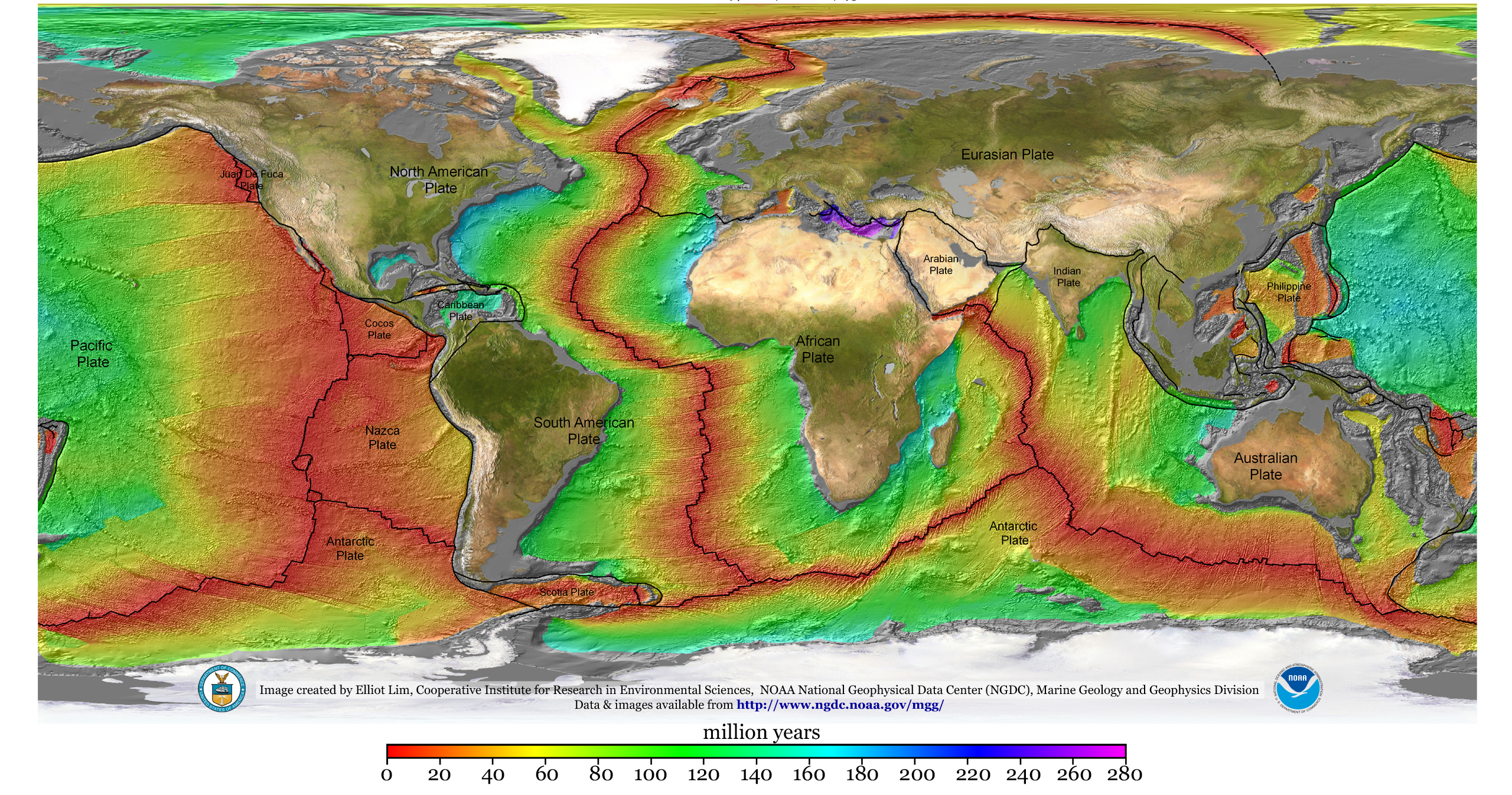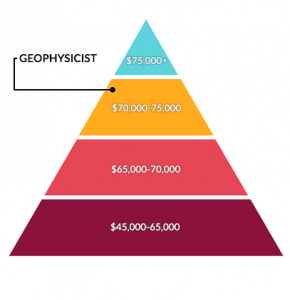All Categories
Featured
Table of Contents
What Does A Geophysicist Do? Role & Responsibilities in Koongamia Oz 2022

Other possible geophysicist majors that aren't geophysics or geoscience consist of: Climatic sciences and meteorology Chemical and physical oceanography Earth science Environmental science Hydrology and water resources science Materials science By making any geophysicist degree, and by taking the essential geology courses, you should qualify for an entry-level position as a geoscientist or geophysicist.
Ultimately, trainees need to find out: a branch of geology that takes a look at the different aspects of minerals, consisting of chemical structure, internal crystal structure, and physical homes. the research study of rocks and the processes and conditions that form and change them in time. There are a couple of neighborhoods in this branch of geology, including igneous, metamorphic, and sedimentary rocks.

This field examines structural rock functions such as cleavage, faults, joints, and little folds. They need to also learn the computer abilities essential to: analyze data develop digital models and maps operate geoscientists' software Trainees ought to likewise benefit from all opportunities to gain real-world experience. Hopeful geophysicists need to anticipate to hang around learning: in the class in the field in laboratories Obviously, abilities taught in the class are extremely important for aspiring geophysicists.
What Is Geophysics And What Do Geophysicists Do? in Coogee Western Australia 2022
For instance, geoscientists spend a great deal of their time outside when operating in the field, so they must have "outside abilities" like outdoor camping and operating boats, airplane, and other automobiles. Due to the fact that they invest a lot time in remote areas, it's essential that geophysicists also have the physical endurance to carry required devices on their hikes to areas of study.
The job offers: a high median and leading profits a high rate of personal fulfillment among geophysicists low work tension positive job outlook Additional info on revenues capacity and job outlook is detailed listed below. For trainees seeking to land an entry-level function as a geoscientist or geophysicist, it takes four years, or the time needed to finish a bachelor's degree in geophysics or a related discipline.
Some research study positions in geophysics require doctoral degrees. If you prepare to teach at a college or university, you need to make a Ph. D. in geophysics or a related field. The time it takes to earn a Ph. D. varies by institution and program, however it normally takes 4 to 6 years beyond the bachelor's degree.
Exploration Geophysicist: Occupations In Alberta in Champion WA 2023
A lot of companies need prospects to have a bachelor's degree in geophysics or a closely associated discipline for all entry-level positions. As an outcome, there's no way around the degree requirements for becoming a geophysicist.
Presently, 31 states need licensing for geologists, although licensing is not always needed, specifically for entry-level work. The states that do issue licenses use the Principles of Geology Test (FGE), which is administered through the National Association of State Boards of Geology (ASBOG). Now that you know which degree for geophysicist jobs you require, you'll need to land a job, and it is essential to discover how much money you can make in this profession.
According to BLS, the median annual wage for geoscientists is $93,580. According to BLS, certain markets provide higher incomes for geoscientists, and in some cases, they use higher-than-average revenues.
What Geophysicists Do in Gwelup Oz 2020
Mining, quarrying, and oil and gas extraction offers over $32,000 more yearly than the typical yearly wage for this profession. The federal government, too, uses over $10,000 more in profits than the national average for geoscientists. In addition to industry type, geographical area can greatly affect earnings for this profession.

The top-paying states and their yearly mean wages, according to the BLS, consist of: Texas $166,720 Oklahoma $149,630 Pennsylvania $120,590 Hawaii $120,130 Colorado $107,260 These 5 top-paying states offer much greater incomes than the average for this occupation. In truth, wages for geoscientists in Texas are over $73,000 greater than the national average.
It should come as not a surprise that the majority of these high-paying areas remain in Texas and Oklahoma, however some are found in California, Louisiana, and Colorado. The top 10 highest-paying metro locations for geoscientists are: Houston-The Woodlands-Sugar Land, Texas: $188,400 Tulsa, Oklahoma: $186,490 Midland, Texas: $167,040 Odessa, Texas: $147,080 Oklahoma City, Oklahoma: $145,350 Bakersfield, California: $130,080 Urban Honolulu, Hawaii: $124,470 New Orleans-Metairie, Louisiana: $121,030 Washington-Arlington-Alexandria, DC, VA, MD, WV: $120,180 Denver-Aurora-Lakewood, Colorado: $116,910 For some geoscientists and geophysicists, residing in a metro city is not as appealing as living in a smaller community.
Latest Posts
How To Become A Geophysicist in Dalkeith WA 2022
What Is The Best Degree Path For Becoming A Geophysicist? in Floreat WA 2023
Marine Geology And Geophysics in Rivervale Western Australia 2022